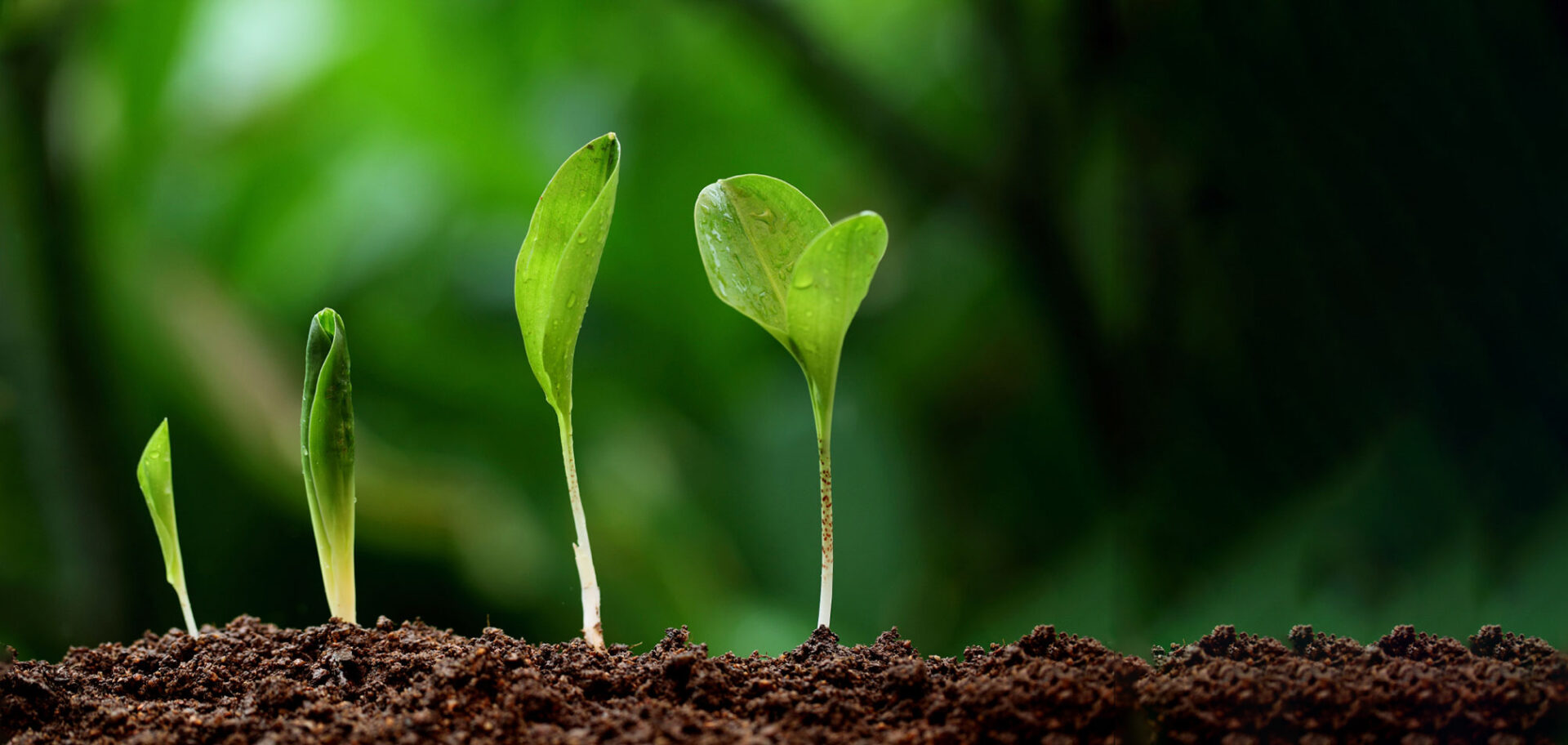Saliva is a metaphor of personal growth carried out by meditation and reflected by the growth of plants.
The purpose of this design is to explore the symbiotic relationships between Nature, Technology and Individuals. While studying “How to do almost anything” at Waag, I designed and manufactured a press kit rocking chair with a CNC machine. On it, I began to meditate several times a week, which opened the doors to a new lifestyle, generating more interest in it.
Perseverance in meditation generates within few months the development of new structures in the three human brains: Reptilian or Primal Brain (Basal Ganglia), Paleomammalian or Emotional Brain (Limbic System), and Neomammalian or Rational Brain (Neocortex). In Saliva these three brains are represented by flower stands of different heights, shapes, and colors according to their function:
Reptilian Brain: The ancestral brain, linked to human instincts and instant response, is centered in the scene with the tallest position. Showing an “alert/protective” role in front of the other two brains. The Reptilian Brain is yellow, representing “caution” by the psychology of colors.
Paleomammalian Brain: The irrational brain, takes the lowest position in the scene, as it represents our roots as humans. The pot has multiple faces, which represent the many human feelings. It is awarded the color red for the “passion” it represents attributed to the psychology of colors.
Neomammalian Brain: The rational brain, which distinguishes humans from the rest of living animals on planet earth. The plant sits on a medium-sized stand, representing calm and serenity. Intelligence is represented through the use of the color blue.
Saliva has been designed and produced using digital manufacturing methods. It incorporates a PCB designed to allow the user to interact with plants while meditating. When the user meditates on the rocking chair, he/she connects with the plants through a heartbeat sensor. Our BPM’s drop to a rate between 40 and 60 BPM (almost as if we were sleeping) every time we meditate, so, when the sensor detects this frequency, it opens a watering tap for the plants at the same rhythm as our heart.
Everytime the user interacts with the system, he/she will be able to decide which plant needs water. In this way, the plants will have all the water they need (about 3 days a week) as long as the user meditates with perseverance (about 4 times a week).
Final Project Fab Academy 2022

